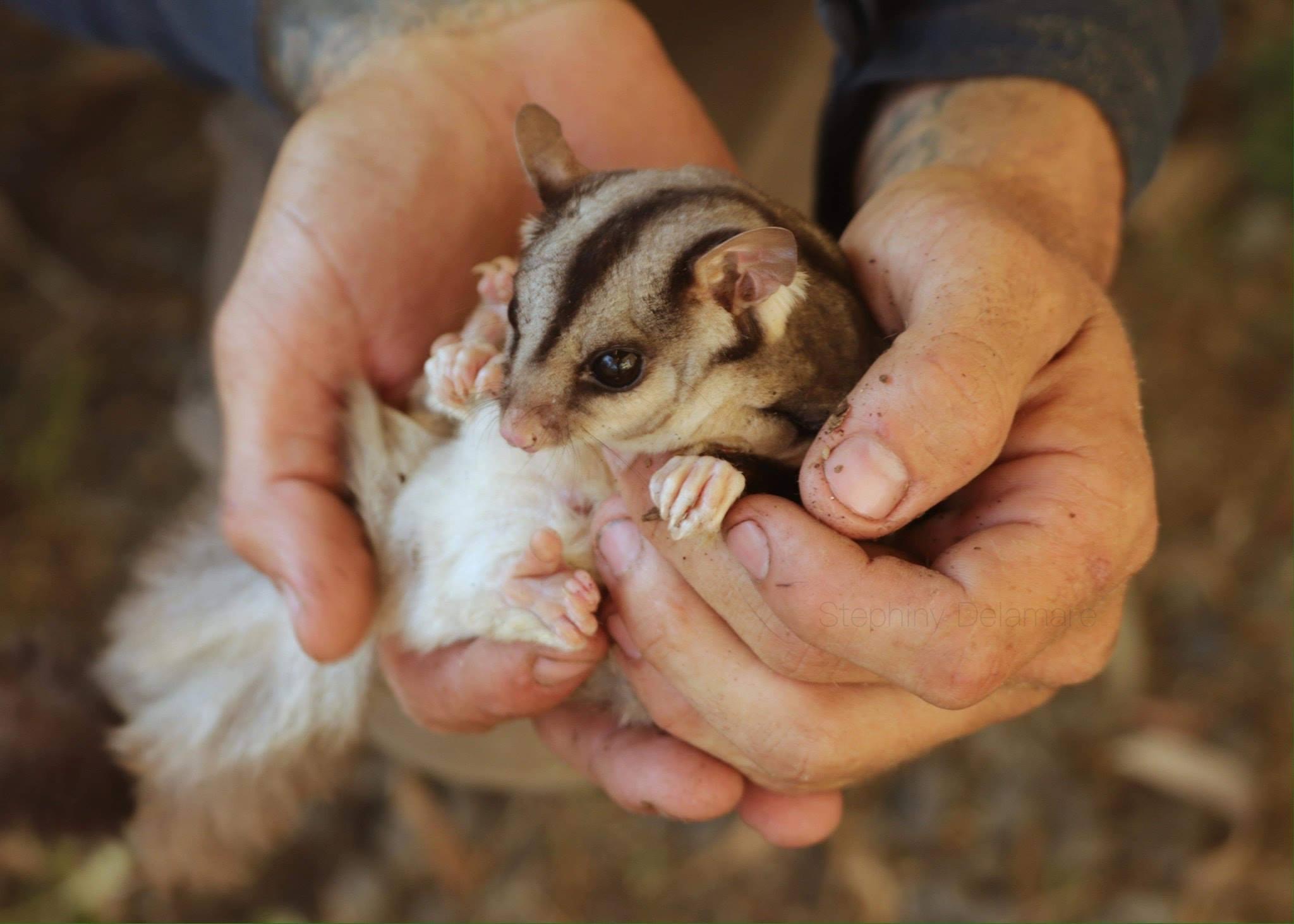
Eastern Brown Snakes all in a day’s work for Fauna Spotters Pty Ltd
Published Date : 2025-June-18, Wednesday
INTRODUCTION
At AltEnergy we are always interested to come across
unusual, niche jobs associated with the wind and solar farm development and
construction process, such as catering, fencing and sign-making. However fauna
surveying and relocation was one we hadn’t really thought much about before.
Fauna Spotters has worked on a number of large-scale renewable energy projects
in Queensland including Wambo Wind Farm and Wandoan Solar Farm Stage 2. We had
a chat with William Hunt, director of Fauna Spotters Pty Ltd (https://www.faunaspotters.com/), to
find out more.
Q. So what does Fauna Spotters’ role involve in relation
to wind and solar farm projects William?
Our role is to ensure wildlife is ethically, safely, and
lawfully managed throughout all stages of development. During clearing and
construction, our team monitors all habitat disturbance activities, captures
any fauna that may be impacted, and relocates them to suitable nearby habitat.
We also provide ecological advice, pre-clearance surveys, nest relocations, and
ongoing compliance support to help our clients meet environmental obligations
under state and federal approvals and legislation.
Q. When do you become involved in a project?
We’re usually engaged during the early planning and
assessment phase—before any habitat disturbance occurs. This allows us to
identify species at risk, inform site-specific mitigation strategies, and
ensure a smooth approval process.
Q. What sort of regulations/legislation do you need to
adhere to?
We operate under a range of federal and state legislation, including the Nature Conservation Act 1992 (QLD), the Environmental Protection Act 1994 (QLD), and the Environment Protection and Biodiversity Conservation Act 1999 (Cth). Additionally, we follow conditions imposed under Fauna Management Plans (FMPs) and Species Management Programs (SMPs) approved by the Queensland Government, and ensure all activities align with relevant codes of practice and animal welfare standards.
Q. How do you measure your success?
Success for us is about three things: minimising harm to
wildlife, keeping our clients compliant, and ensuring our team works safely and
professionally in the field. We track relocation outcomes, monitor species
survival, and evaluate our impact through post-clearance habitat assessments.
Positive project feedback, zero non-compliance issues, and the survival of
sensitive species are all key indicators of a successful outcome.
Q. How do you become a fauna relocator? Is there any sort
of training available?
Becoming a fauna spotter-catcher requires hands-on
experience with Australian wildlife, as well as appropriate licensing under
state regulations. Our team members typically come from backgrounds in ecology,
zoology, or environmental science. We also run internal training programs to
ensure all staff are competent in species identification, handling techniques,
and legal compliance. While formal courses are limited, practical field
experience is the most critical component.
Q. Do you seek local/indigenous knowledge and/or support?
Absolutely. We actively seek and respect the knowledge of
Traditional Owners and often work alongside Indigenous rangers or cultural
heritage representatives on projects. Their insight and land-based knowledge is
invaluable, particularly when it comes to understanding cultural significant
species and ensuring that our work respects those traditions.
Q. What’s the most unusual or rare creature Fauna
Spotters has relocated?
It’s hard to pick just one. Much of our work is focused on threatened species protection, so encountering rare or vulnerable fauna is a regular part of the job. What does stand out, though, is how often we identify species well outside of their previously known geographical ranges or preferred habitats. Those moments are particularly significant — not just for us, but for the broader scientific and conservation communities as well.
Q. What’s the most dangerous creature Fauna Spotters has relocated?
On most days, our team is relocating Eastern Brown Snakes —
the species responsible for the most snakebite fatalities in Australia. It’s
all part of the job. But one standout moment came during surveys in Western
Queensland last year, when I captured an Inland Taipan — the world’s most
venomous snake. Despite its reputation, it was calm and reclusive, like most
highly venomous species tend to be when left undisturbed. Experiences like that
remind us just how important it is to approach wildlife with respect,
knowledge, and care.

